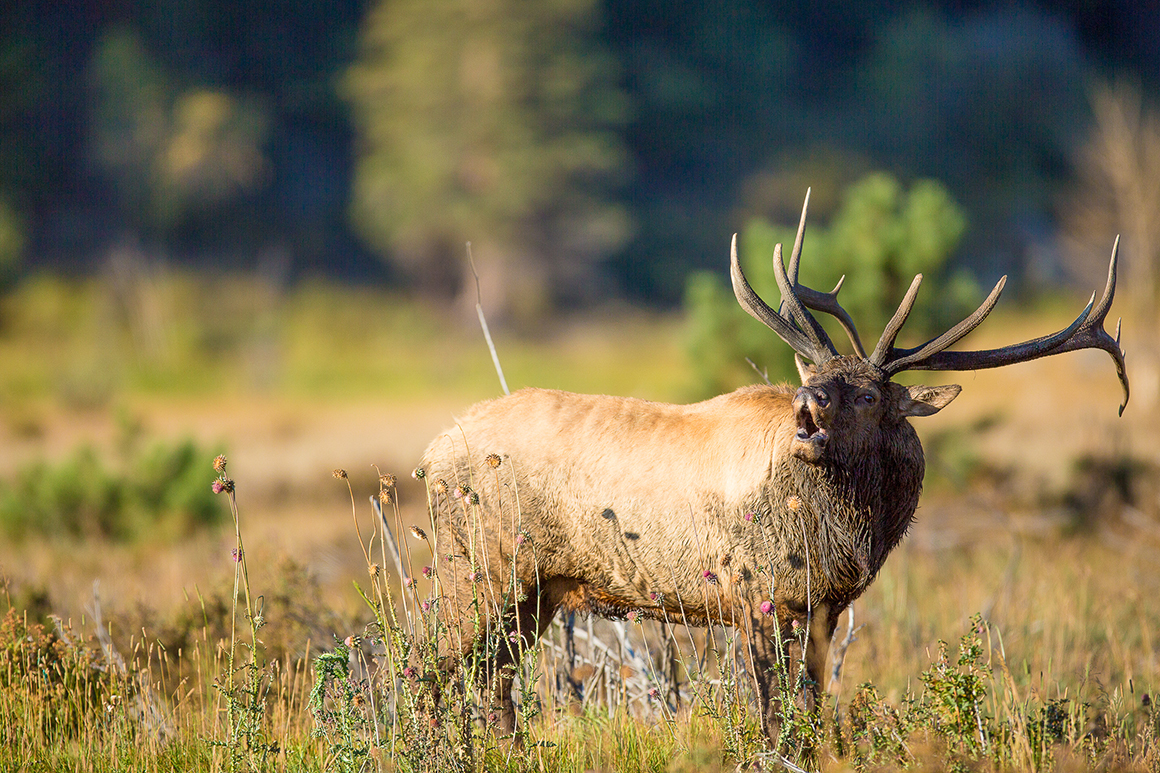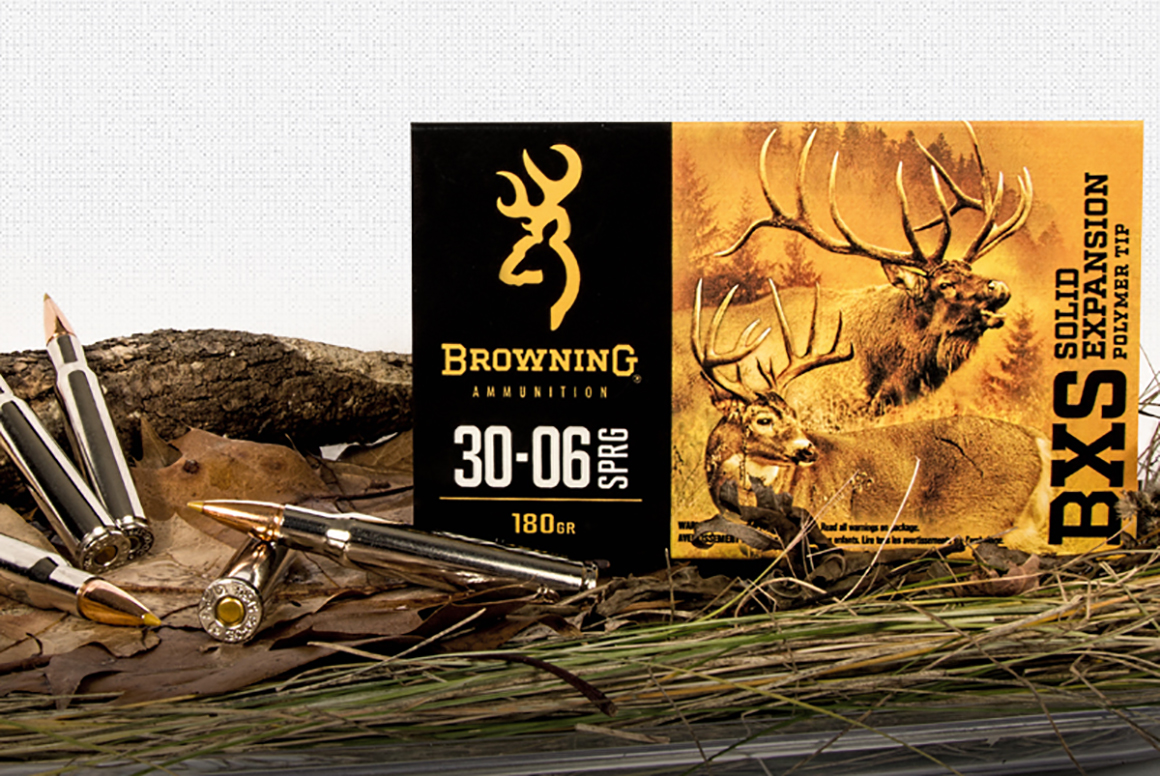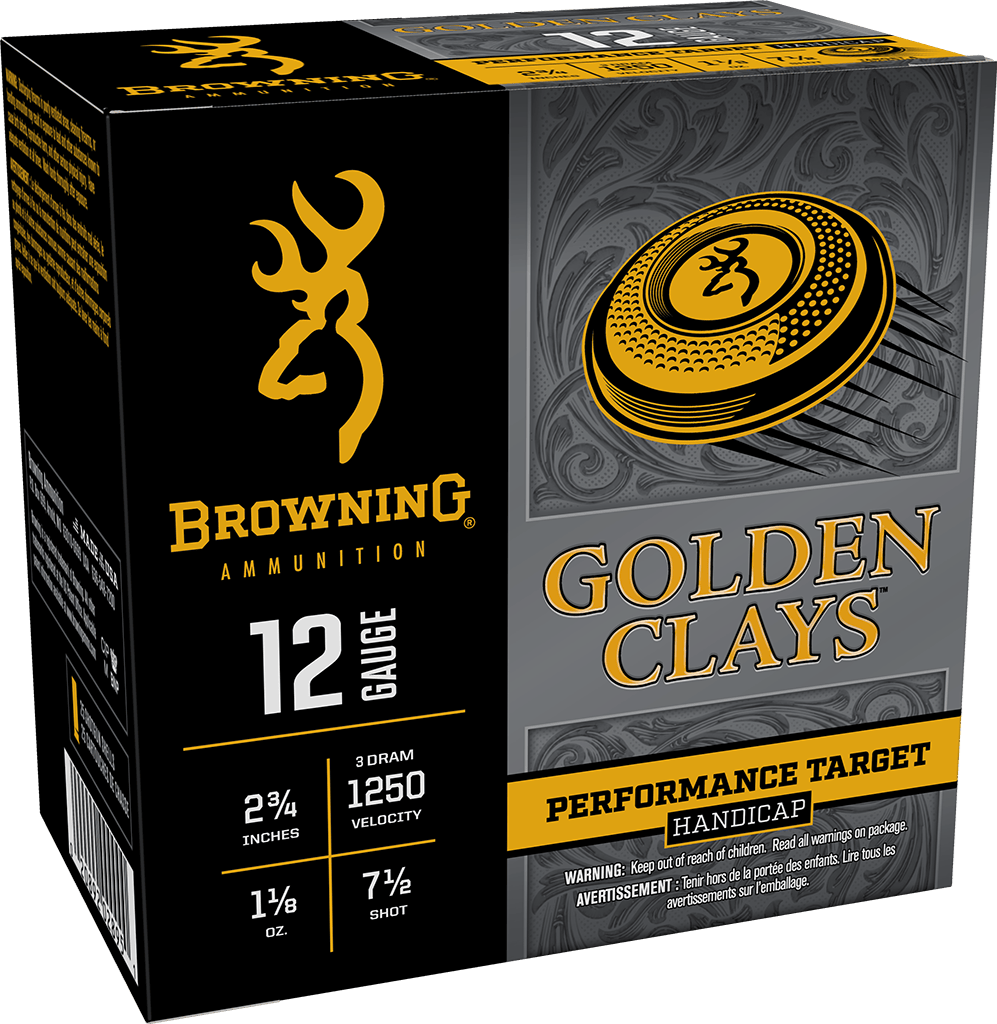Elk Velocities
Nothing raises the temperature of caliber debates more than the question of which is the best for elk. For many hunters, elk cartridges are not a matter of ballistics so much as one of quasi-religious belief, with almost as many pews as there are opinions. Before talking about muzzle velocities, bullet weights, or terminal ballistics, let us look at what the elk is.

The elk, or wapiti, is the largest deer in the world without palmated antlers. A big buck deer will tip the scale at 200 pounds. The average bull elk runs about 600, with weights well above a half-ton on record. An elk’s skeleton can weigh as much as the entire body of a live deer. On the other hand, an elk presents a much larger target than a deer. The diameter of the vital area (heart and lungs) of a large deer is as much as 12 inches. On an elk it could be 16. Heart-lung on an elk is key, with one number, from Colorado Parks and Wildlife, giving a range of terminal energy from 1,200 foot pounds for broadside shots, and 2,000 for quartering ones, in order to obtain lethal penetration. The other consideration is that outside of black timber, elk tend to be a long, or at least longer, range proposition, often calling for shots across canyons.
For more than a 150 years the British military has described the bayonet as the “queen of weapons,” and if there is a queen of calibers for elk, at least in the minds of many, many thousands of hunters, it would be the 7mm Remington Magnum. The 7mm mag’s history would take in the Holland & Holland 275 Magnum, which preceded the 375 H&H in 1911. Jump to the 1950s and the search for a fast-flying 7 includes the Sharpe & Hart 7x61mm Magnum. And gun writer Warren Page carried a 7mm Mashburn (has there ever been a more evocative name–mash and burn–for a wildcat cartridge?) Super Magnum rifle he called “Old Betsy Number One,” taking 450 head of game with it around the world. In 1962 the 7mm Rem Mag came into being, and the love fest began. But how good is the 7mm?
The 7mm Remington Mag is a perfectly adequate elk caliber, but the numbers would not seem to make it an outstanding one. In the Browning BXS load, the bullet, going by the energy levels shown above, can make an effective quartering shot on an elk out to 300 yards. (You can add a couple hundred yards for broadside shots, but there’s no saying that an elk will give you the ideal angle. So take 300 has an all-around maximum.) The 7mm mag’s range puts it ahead of the 270, 308, and 30-’06. In the heavier BXC loads the 7mm mag does not really stand out from those calibers in terms of energy, and is passed up by the 270 Winchester Short Magnum.

It may seem that by taking the 270 through 30-’06 calibers as a class, the 7mm Rem Mag does not leap ahead. There is, though, the question of sectional density (SD). This is the ratio of bullet weight to diameter, a number comparing the momentum of a bullet as it hits a target, a shooter wanting bullets–higher SD–that are “heavy for length.” In BXC 155-grain 7mm loads, the SD soars above all the other calibers. It even surpasses the SD of the 300 Winchester Magnum. So taking that one variable into account, should you shoot a 155-grain 7mm Remington Magnums for wapiti?

We haven’t really talked about the 300 Winchester. Its sectional density may be marginally less than the heavy 7mm, but in terms of energy, the 300 in BXC loads is a 350-yard elk rifle and in BXS 400 yards, each a hundred yards better than the comparable 7mm load. Which may be worth considering when you realize how few opportunities there may be in a lifetime to take an elk.
Ultimately, your elk caliber of choice is a matter of more than simply ballistics. It is, as well, about how the rifle in that caliber fits you, how accurate it is when you are shooting it, how comfortable it is to sling over your shoulder and carry on the mountain trails, and the intangible element of the memories and sentiments it stirs in you when you hunt with it. We think of ballistics in terms of internal (within the barrel), external (through the air), and terminal (in the animal). But maybe there is a fourth ballistics, if not more important than those others, then just as: an elk rifle and caliber’s emotional ballistics. In the end, after careful thought, we follow our hearts.
Follow Browning Ammunition’s social media channels for more hunting and shooting tips and updates on Browning Ammunition supported events and promotions on Facebook, You Tube, Instagram and Twitter.



